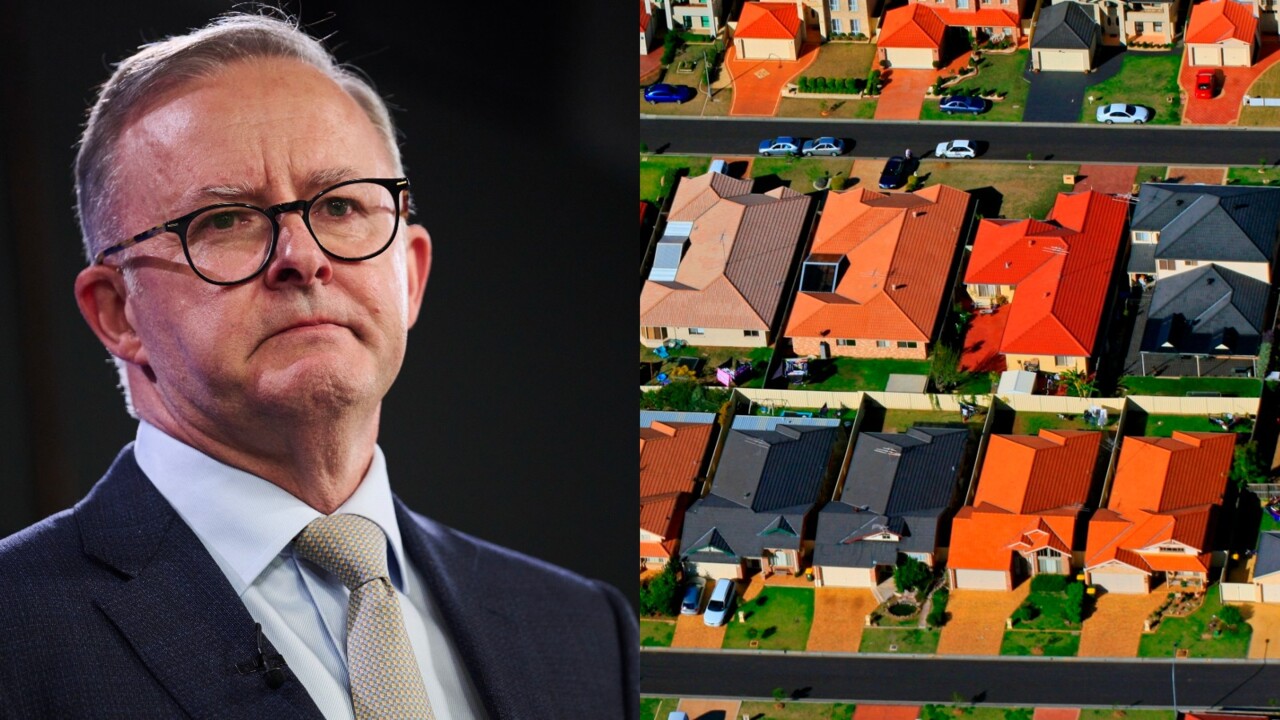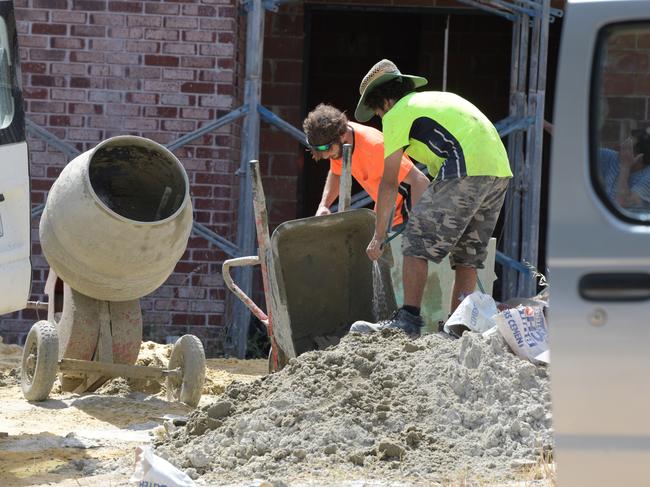NT housing crisis and the pleas to fix the issue
The battle for NT’s future is ramping up as calls grow to remedy the ongoing housing crisis. ALL THE DETAILS

Business
Don't miss out on the headlines from Business. Followed categories will be added to My News.
A rapid and significant increase in housing stock across the Territory is crucial if the government wants to reach its economic targets, capitalise on major projects and address the country’s worst rates of homelessness, industry bodies have warned.
It comes as the government in September 2023 committed to building 11,430 “well-located” new homes in the NT over five years from mid-2024, as part of the National Housing Accord.
“This is an extremely ambitious target but we should be bold with our ambition because it is necessary to improve and grow social and affordable housing in the Territory,” Chief Minister Natasha Fyles said in announcing the policy in parliament at the time.

Recent government data shows Darwin’s median weekly rents have risen dramatically over the past year, with an 11.7 per cent increase for houses and a 12.6 per cent spike for units, while vacancy rates sit at just 1.2 per cent.
The NT Property Council estimates the Territory will require an extra 12,500 homes by 2041 – not counting the 8000 to 12,000 homes needed by 2025 to meet current needs.
“Unprecedented factors such as increasing construction costs, skilled worker shortages and consumer hesitancy to buy have limited the ability to address this demand,” executive director Ruth Palmer said.
“This has put immense pressure on the housing market, risking demand-driven price spikes, particularly affecting those in lower socio-economic brackets.”
Chronic housing shortages remain a key barrier to attracting and retaining workers linked to projects billed as long-term economic drivers, such as Sun Cable’s solar farm and power link, the Middle Arm Sustainable Development Precinct and Australian Defence Force upgrades.

Master Builders NT said while it supported the government’s new housing target, “a huge amount of work needs to be done if that target is going to be anything more than a catchy slogan”.
“Regional cites are traditionally where people and families who are first home buyers can get a leg up into homeownership but right now the Territory is missing that opportunity,” chief executive Ben Carter said.
“There is a multibillion-dollar pipeline of investment that will (flow) from defence projects over the next several years. This will provide opportunities for young Territorians, people from down south and migrants.
“But to encourage people to put down roots in the Territory we need a much larger supply of entry level housing through a much larger supply of shovel-ready land and incentives for first home buyers and investors.”
Mr Carter said short term, flexible accommodation for workers was needed urgently while longer term solutions were developed – giving the example of an estimated 200 beds needed in Katherine while works are undertaken on the Tindal air force base.
Housing Industry Association Northern Territory head Luis Espinoza said an immediate challenge would be finding the workforce to build the homes.
“Skills shortage is a real issue in our construction industry, we need people in just about every area of the trades,” he said.
“The government has promised release of land but they have the same problem – who’s going to build them?”

Ms Fyles said the majority of the new homes would need to be delivered by the private sector.
“This is great news for many industries and our economy,” she said.
“The Territory has a demographic and geographic profile that presents greater challenges than any other jurisdiction in the delivery of homelessness and housing services, housing and housing-related infrastructure.
“We embark on this massive undertaking, noting that the Territory’s labour market is currently tight.
“Our government has partnered with industry in attracting workforce to Australia, with innovative programs and heading to our close Asian neighbours to see if there is capacity for them to come here, which provides them with employment and us with the opportunity to get projects built.”





